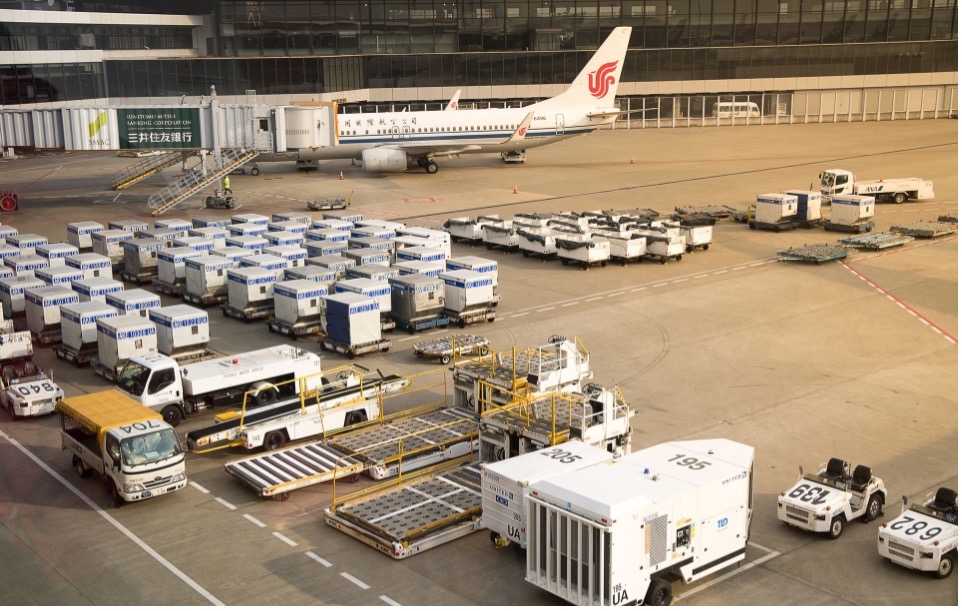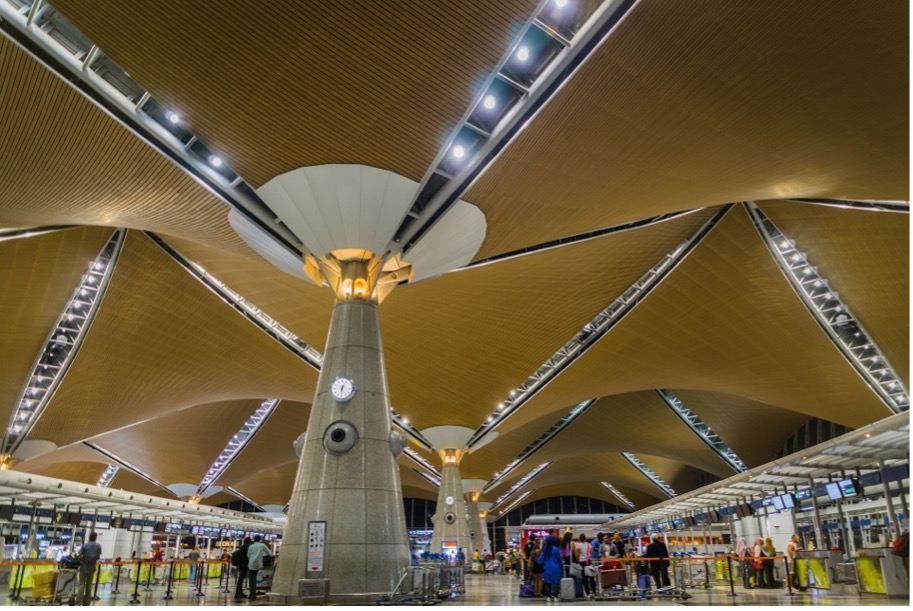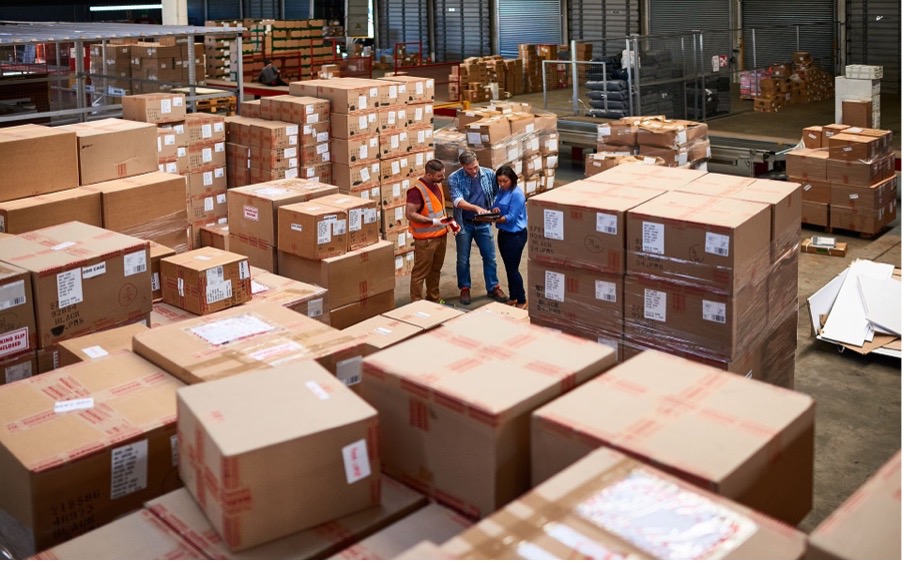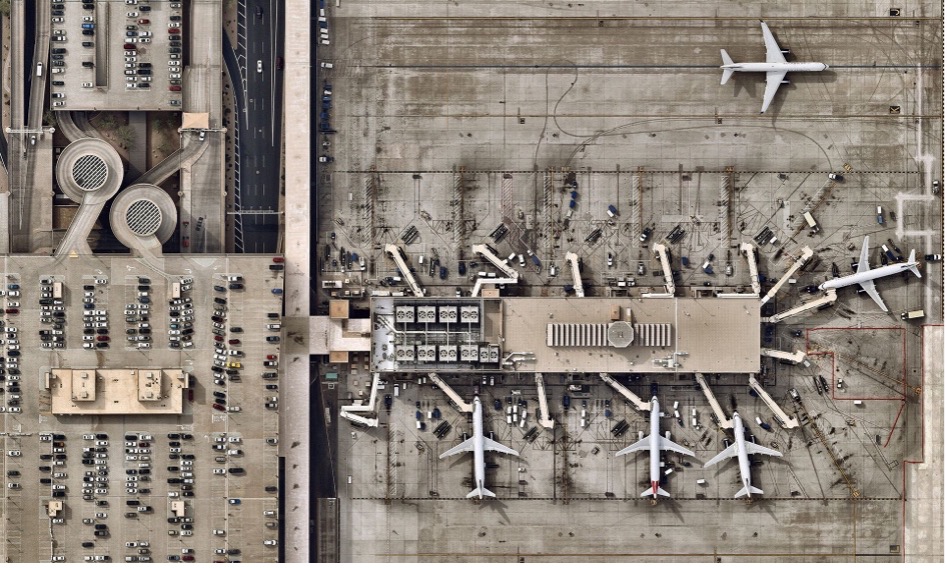6. The Internet of Logistics - retrieving and generating value from data
 What goes where and to whom? In transport and logistics, it’s all about data.
What goes where and to whom? In transport and logistics, it’s all about data.
Since the 70’s, the logistics and transport industry have worked hard to facilitate electronic business operations, i.e. replacing paper by electronic. Despite all these efforts, a lot of paper based processes still remain to be in the core operating business processes. Many systems still require keying in data in an analogue form. Even worse, rekeying data that arrives in an incompatible format for the receiving system. This affects the movement of freight negatively. Bad data, delays, substantial processing cost and lack of digital innovation.
In 2021, many logistics and transport companies are still in a digital time-warp. Consumer market reality and business reality do not match yet. What is so surprising is that when people employed in logistics and transport, often grab their smart phones to start shopping online, purchase goods and services within a few clicks. Returning to their workplaces, they depart their virtually lives and manually fixing freight process issues.
Chasing information manually is exhausting. In 1991, Tim Berner’s Lee therefore released the open-source code for the World Wide Web. As a scientist, he needed access to papers on particle physics and computer science. He was constantly emailing secretariats of universities and laboratories around the world to get data.
 The Internet of Logistics: sharing logistics data in a global network that supports society
The Internet of Logistics: sharing logistics data in a global network that supports society
Wouldn’t it be nice if logistics and transport people could get all data about their shipments with just a hyperlink click? Of course it is. How to do it: The answer is the internet , the Internet of Logistics, to be precise. At IATA and with the FEDeRATED Project we have been pursuing the development of the Internet of Logistics approach for the same reasons that Tim Berner’s Lee developed the World Wide Web. Freedom and transparency of information. Stimulating innovation, society and the economy through simple and open standards. Let’s look at those nouns in more detail:
Freedom: IT vendors have done a great job in providing solutions but it is in every one’s interest (including the vendors) to limit vendor lock-in and be free to choose how we get share our data or how and where we acquire it. Another point is the cost of data. Aside from internet bandwidth charges, data that we retrieve on the web is free, unless that data has commercial value as a data commodity. In logistics and transport, we should not need to pay for our own operational logistics data or that of our partners. The Internet of Logistics is based on that economic model, just like the internet itself.
Transparency: When you ship freight, it is obvious that any data concerning the status and plans around that shipment is somewhere with someone. But where and who? This is your shipment. Or, if you are in the logistics and transport chain, this is the cargo or product under your care and responsibility. Surely you should be able to know about the wherabouts of your sold or purchased product or cargo at any time of your choosing. You should know about any issue or event that affects your planning, responsibility, and financial risk. That can only work if we remove the boundaries of closed databases and restricted communications channels. The Internet of Logistics links all data to unique URLs which will provide direct and transparent data access.
Innovation: The internet, World Wide Web and the associated App economy revolves around access to, processing of and analytics of data. Look at any of the big winners: mobile tech, voice & streaming solutions, IoT, AI etc. Today’s logistics and transport data exchange systems don’t expose their data to innovators outside their own companies. The Internet of Logistics breaks those barriers and creates an environment for innovators to use data as raw material and to create new value and business models.
 Smart apps allow us to make sense of our logistics
Smart apps allow us to make sense of our logistics
Society: If the pandemic has showed anything on logistics and transport than it is the reliance of society on goods from around the world. Rapid transport of vaccines under strict temperature and shelf-live conditions as a global life saver is a fact. E-Commerce grew the equivalent of 3-4 years anticipated growth in just one year and 20% of air freight is now e-commerce. Sustainable and climate balanced transport is one of societal highest priorities. The Internet of Logistics is data centric and data rich. Only such data will allow us to tackle the e-commerce challenges, the high quality distribution of critical resources and our ability to measure and redress environmental impacts of transport.
Economy: Our global supply chain needs to get ever more efficient. Driven by the need for sustainable and resilient transport operations. Especially as the global freight transport capacity is limited and increased reliance on e-commerce for our daily life. The logistics and transport industry needs all the data they can get to forecast transport needs, optimize consignments and routes and deal with disruption. The Internet of Logistics allows us to treat the global supply chain as a global data network and address bottlenecks and breakdowns and seek optimization at a global scale, beyond the visibility and control of any one entity.
Open Standards
The case for the Internet of Logistics is as compelling as it is urgent. So, what do we have to do to make it reality? Here again, the World Wide Web provides a tested and proven recipe:
- Agree on standard data protocols
- Agree on standard API connectivity
- Agree on standard data security
These standards have been developed by IATA’s ONE Record programme. There are other organizations and companies that have followed this approach as well and likely, the logistics and transport industry will look for interoperability between these specifications and standards. In fact, the data protocols are transport mode and industry specific, and the underlying technologies (ontologies and data graphs) are designed to facilitate seamless integration of a global set of data standards.
 From gates that fit all aircraft to data connectivity: it’s works better when we have standards.
From gates that fit all aircraft to data connectivity: it’s works better when we have standards.
Now, these are the basics. Once you can connect securely and exchange data directly with any other party, you realize that you need a bit more still:
- Service directories and/or search engines to find other partners and services “out there”.
- Regulatory and legal frameworks to ensure fair and legal digital services.
- IT solution provider portfolios that can provide off-the-shelf and SaaS solutions.
- In addition to standard data protocols, we will also need interconnectivity between business processes to facilitate plug & play operations.
Many of these components are with the scope of the EU/CEF FEDeRATED Project and the EU Digital Transport & Logistics Forum (DTLF).
Although digitalization of logistics and transport will remain a very challenging and slow development, the payback and innovation of the Internet of Logistics will be the most significant innovation since the first electronic revolution of the 1970’s. This s the time we have to do what we gotta do: implement the Internet of Logistics.
Author - Henk Mulder - IATA - Head Digital Cargo
- Hits: 2278
